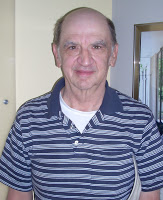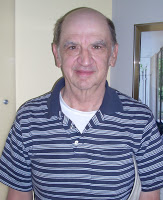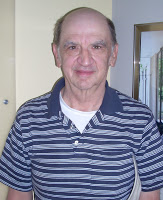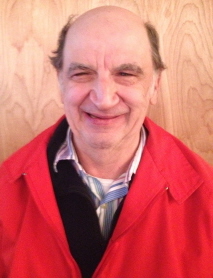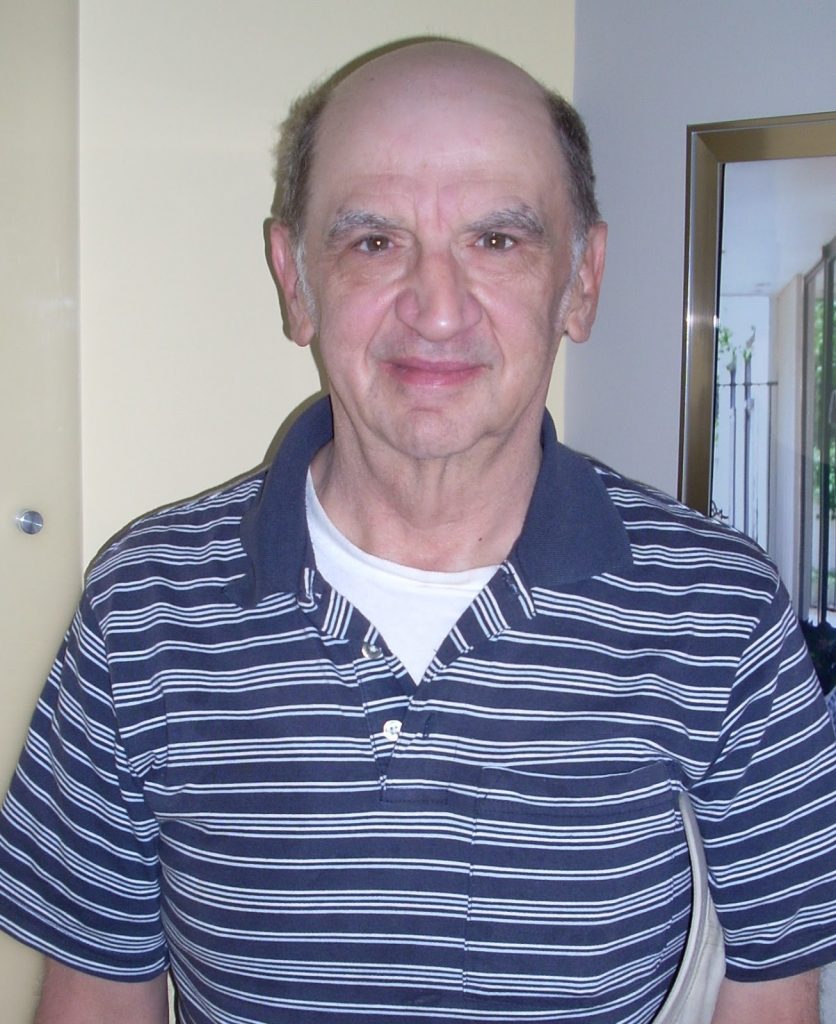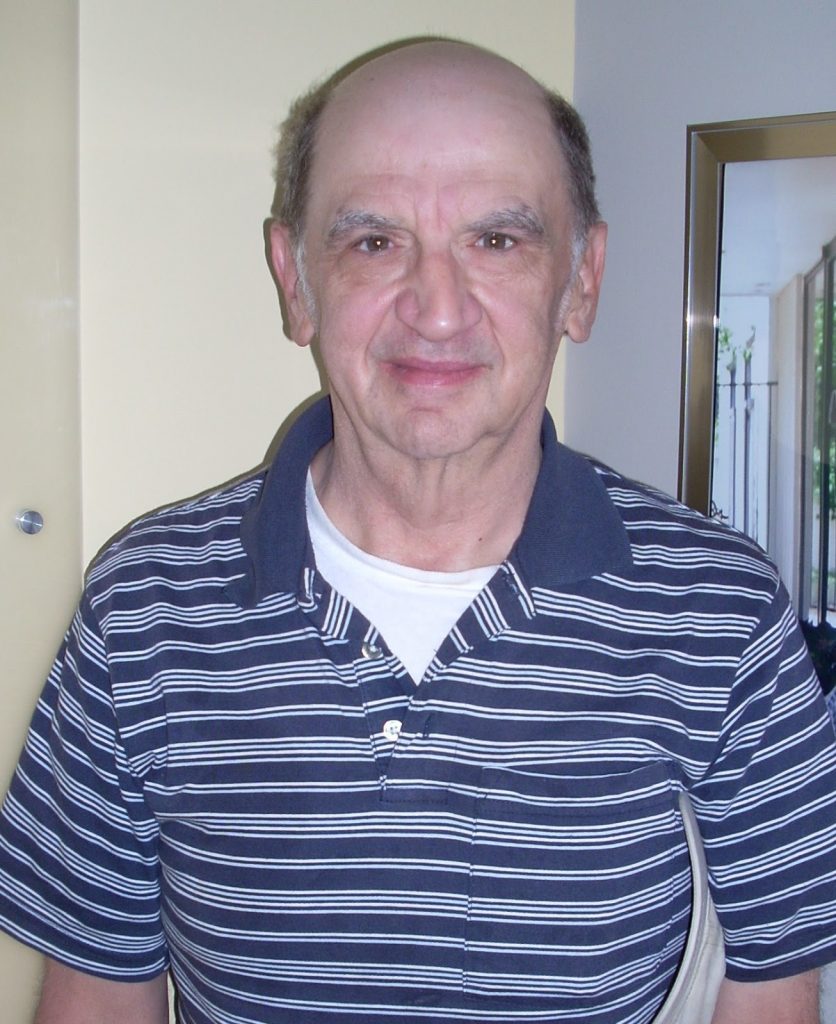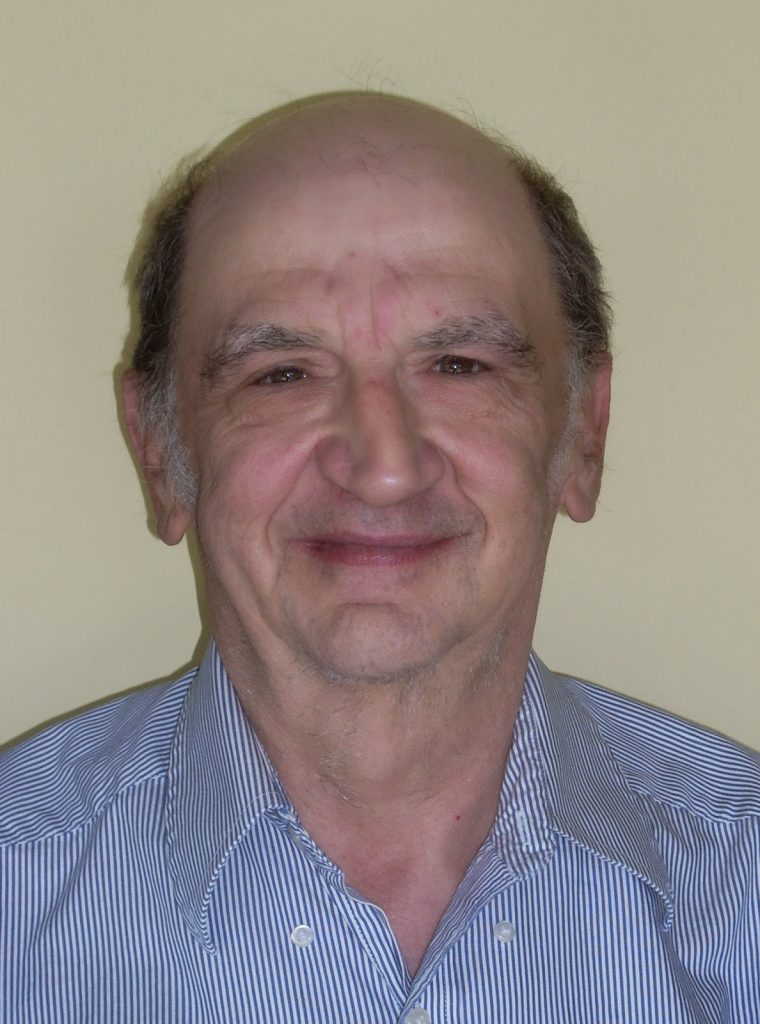Prompt: April 14, Great Performance
My version of going to the theater is reading novels that will probably become movies. One of these is John Grisham’s latest novel, Sycamore Row (2013). John Grisham is the creator of the new literary genre, the “legal thriller.” I will start outlining the plot of this novel by giving away the surprise ending, because, by doing this, I am putting the events of the novel in chronological order. The plot’s easier to understand that way.
In 1930 Cleon Hubbard, a white Mississippi landowner, arranges the lynching of his black neighbor, Sylvester Rinds. Sylvester has 80 acres of land and his family lives on the farm, including brothers and sisters, and nephews and nieces. Cleon Hubbard also has 80 acres. After Sylvester Rinds is murdered, Cleon goes to his wife, Esther Rinds, shotgun in hand, and forces her to sign over the 80 acres to him. He annexes the Rinds property through violence.
Cleon Hubbard has two sons, Harry Seth and Ancil F. Hubbard. Seth was 12 years old and his brother Ancil F. was 7 years old, and, crouching in the nearby bushes, the two boys witnessed both of these events. Seth and Ancil enjoyed playing with the Rinds kids, especially 7 year old Toby Rinds. Father Cleon Hubbard, with a sort of posse, chased all the Rinds family off of the land. Needless to say, Seth and Ancil hated their father. When Seth was 18 years old, he left and joined the Navy and wanted to escape Mississippi, which he despised with a passion.
The lynching took place from a sycamore tree that was in a straight row of sycamores, which explains the novel’s title. Seth Hubbard grew up and inherited a good deal of money and property that his father bequeathed him when he, Cleon, died. But in the divorce settlement, his second wife, Sybil, got most of his property, leaving Seth virtually penniless. Seth still had a house near Clanton, Mississippi, where most of the plot of the novel takes place. He mortgaged this house and went first to Palmyra, MI and bought a lumber yard and prayed for a hurricane so that there would be a good demand for lumber. The hurricane came, and elderly Seth Hubbard was making money again. He then went to Alabama and bought more lumber yards, then to Georgia same thing. He bought large tracts of land in South Carolina. 10 years of this risk-taking, and Seth wound up with a fortune of $24 million.
On the negative side, he had lung cancer though he could not stop smoking cigarettes. He was in constant pain, the cancer from his lung metastasized to his ribs and spinal column. He knew his death was not far off. So he went to a law firm in Jackson, MI, and drew up a will, leaving most of his wealth to his two children, Ramona Dafoe and Herschel Hubbard. A year passed, and he changed his mind. Then Seth Hubbard hung himself from a sycamore tree on his property.
Three years previously he hired a black maid, Lettie Lang. Either at the time he hired her or later he realized that Lettie Lang was actually the granddaughter of Sylvester Rinds. Lettie Lang’s maiden name was Tayber, but she wasn’t a Tayber, she had been adopted by Clyde and Cypress Tayber after her real mother, Lois Rinds, had to disappear, thanks to Seth’s white father, Cleon Hubbard.
To compensate for the heinous crime of his father, Seth Hubbard left the bulk of his fortune to her, Lettie Lang, actually a Rinds. Seth also left 5% of his fortune to his church, the Irish Road Christian Church and 5% to his long lost brother, Ancil F’ Hubbard. Seth did this in a holographic, i.e. a handwritten will, that he sent to Jake Brigance, Esq. of Clanton, Mississippi. He wrote this second will which stipulated he was renouncing all the provisions of the previous will of a year earlier that he had drawn up with the Rush Law Firm of Jackson, MI. In the second holographic hand-written will, he stipulates specifically that he is disinheriting both of his children who, he felt, did not love or respect him.
With the permission of the Judge, Reuben Atlee, who presided over the trial gave him permission to spend some of the fortune to hire an expensive company that specialized in locating missing persons. They finally located Ancil Hubbard in Juneau, Alaska, where he was working as a bartender under an alias, Lonny Clark. Jake Brigance had an associate lawyer, Lucien Wilbanks, although technically, because of past improprieties, he had been disbarred. Lucien Wilbanks was an alcoholic. Nevertheless, JB sent LW to Juneau, Alaska, to locate and speak with Ancil F. Hubbard, alias Lonny Clark. Lonny Clark was in the hospitalized since he had suffered brain injury in a brawl in the bar where he worked. LW went to the hospital, and at first pseudo-Lonny Clark denied ever hearing the name, Ancil F. Hubbard, once LW told him Ancil Hubbard might inherit a million dollars from his deceased brother, Ancil Hubbard admitted he was Ancil Hubbard. LW went to a local lawyer in Juneau, Alaska, and arranged to videotape Ancil Hubbard’s deposition or testimony.
Once understanding that they were going to be disinherited, Ramona Hubbard Dafoe and Herschel Hubbard, Seth’s two children, hired Wade Lanier, Esq. to challenge the holographic will, claiming that their father Harry Seth Hubbard did not have “testamentary capacity” to make a new will. Remember, the two children inherited most everything in the will of a year earlier. Once Jake Brigance “probated” the more recent holographic will, the Clanton, Mississippi, knew there was going to be a long, probably drawn-out battle over who gets Seth Hubbard’s millions. And a battle there was. Wade Lanier was a very good lawyer, and he had his investigator turn up another holographic will, written up by one of Lettie Lang’s previous employers, that she LL had failed to mention in her initial deposition, in which an elderly white woman, Irene Pickering, the previous employer, left her $50 thousand. Irene Pickering’s son managed (apparently unfairly) to have this holographic will annulled, and Lettie Lang got nothing out of it. Nevertheless, Wade Lanier planned to argue that Lettie Lang had a history of exerting undue influence on her elderly dying employers.
Though unstated, Wade Lanier planned to argue that Lettie Lang became Seth Hubbard’s illicit girl friend in order to access his millions. Wade Lanier’s investigator found a beautiful black woman , Julina Kidd, in southern Georgia who stated she had filed a sexual harassment case against Seth Hubbard a few years earlier. The case was settled out of court, but there was a record of her allegations, which would tend to establish that Seth Hubbard had a propensity to take sexual advantage of his female employees.
Things seemed to be going Wade Lanier’s way. Lettie Lang’s credibility was questioned. Did she exert undue influence over the very elderly and sickly Seth Hubbard to get herself named in last will and testament? It sort of looked that way.
Then Ancil Hubbard’s video testimony arrived and was shown to the jury on a VCR. Ancil Hubbard explained the lynching he and his brother had witnessed when they were children. Though Seth Hubbard did not say so in his second holographic will, it became clear that SH knew that Lettie Lang was the granddaughter of Sylvester Rinds and he was compensating for his father’s crime, the lynching of Sylvester Rinds and Cleon’s grossly illegal seizure of SR’s 80 acres. Of course, the jury decided Seth Hubbard did know what he was doing at the time he wrote the later second holographic will.
In the epilogue to the story, Lettie Tayber Rinds Lang divorced her husband, Simeon Lang but stated that she did not want the whole fortune, she just wanted her own house, the 80 acres, so that she did not have to be a maid any more.
She also did not want Seth Hubbard’s two children, as unsympathetic as they were, to be completely disinherited. So she agreed that Ramona Hubbard Dafoe and Herschel Hubbard receive a few million each for themselves and their children, i.e. Seth Hubbard’s grandchildren. The bulk of the money, however, would be put into a scholarship trust for needy black students who wanted to go to college. Judge Reuben Atlee presides over the final disposition of this case.
The End
Three other novels that John Grisham wrote that were made into films were A Time to Kill, The Pelican Brief and The Firm. They are all very high quality.
© 8 April 2014
About
the Author
I was born in 1944, I lived most of my life in New York City, Queens County. I still commute there. I worked for many years as a Caseworker for New York City Human Resources Administration, dealing with mentally impaired clients, then as a social work Supervisor dealing with homeless PWA’s. I have an apartment in Wheat Ridge, CO. I retired in 2002. I have a few interesting stories to tell. My boyfriend Kevin lives in New York City. I graduated Queens College, CUNY, in 1967.
